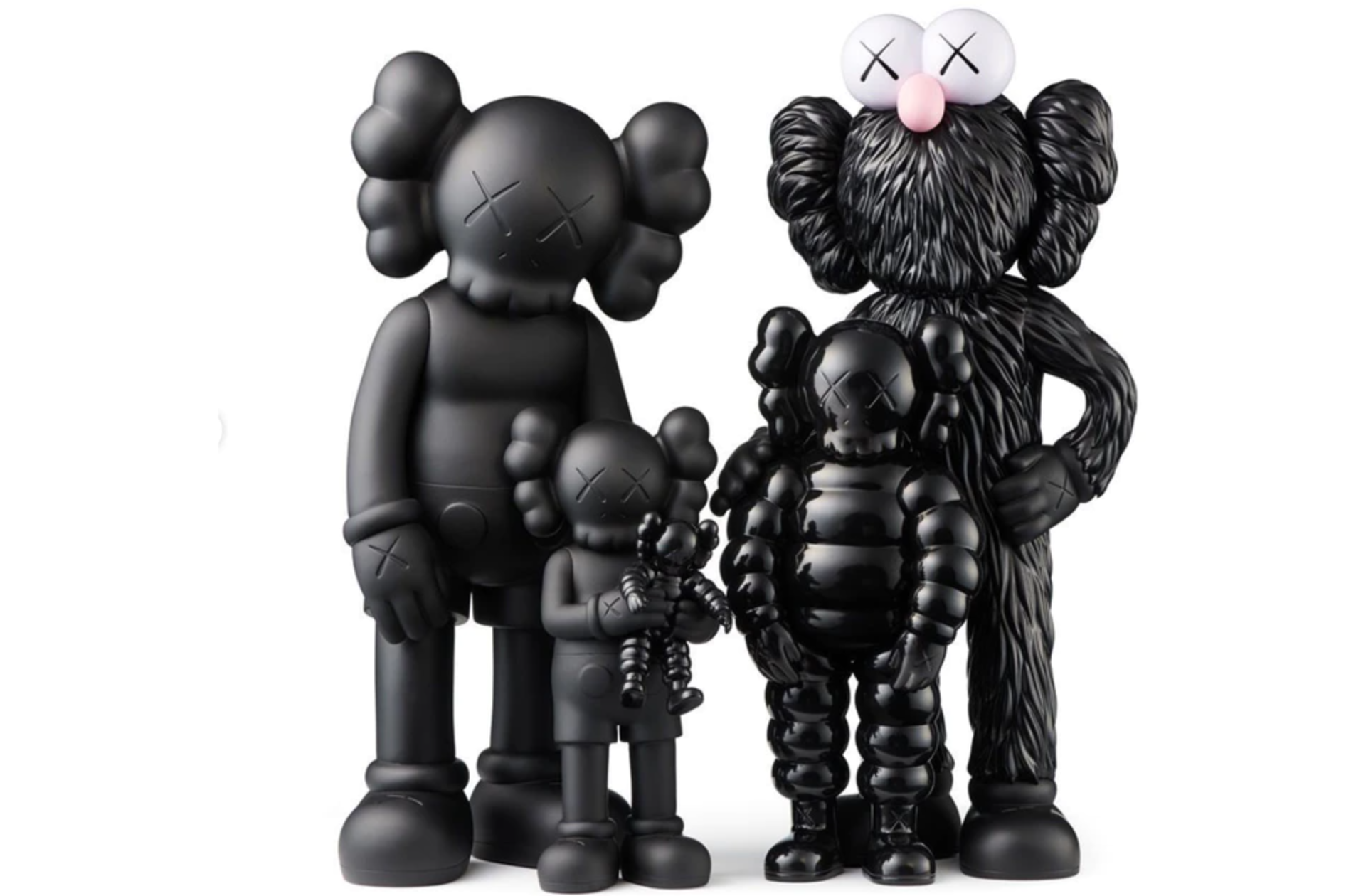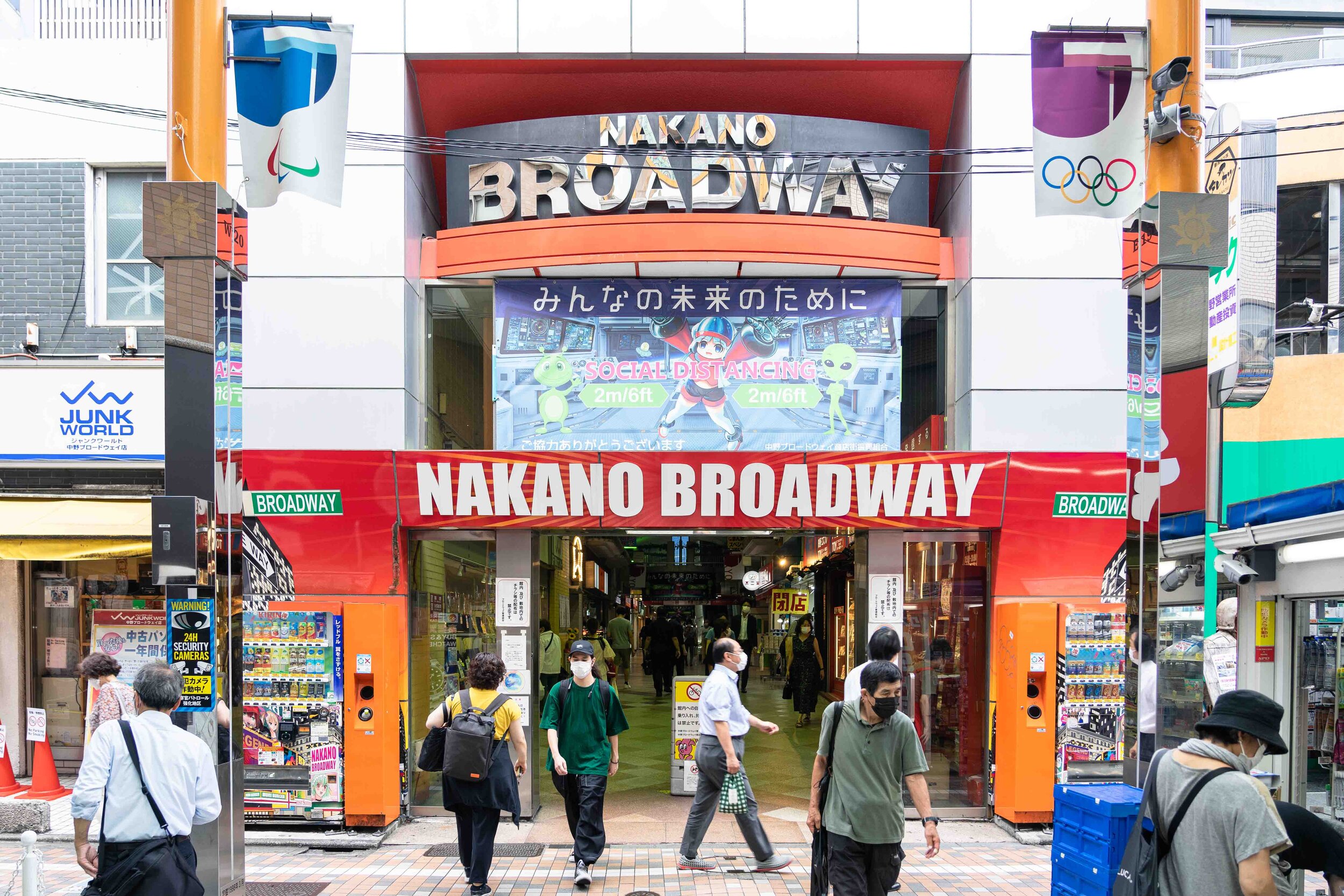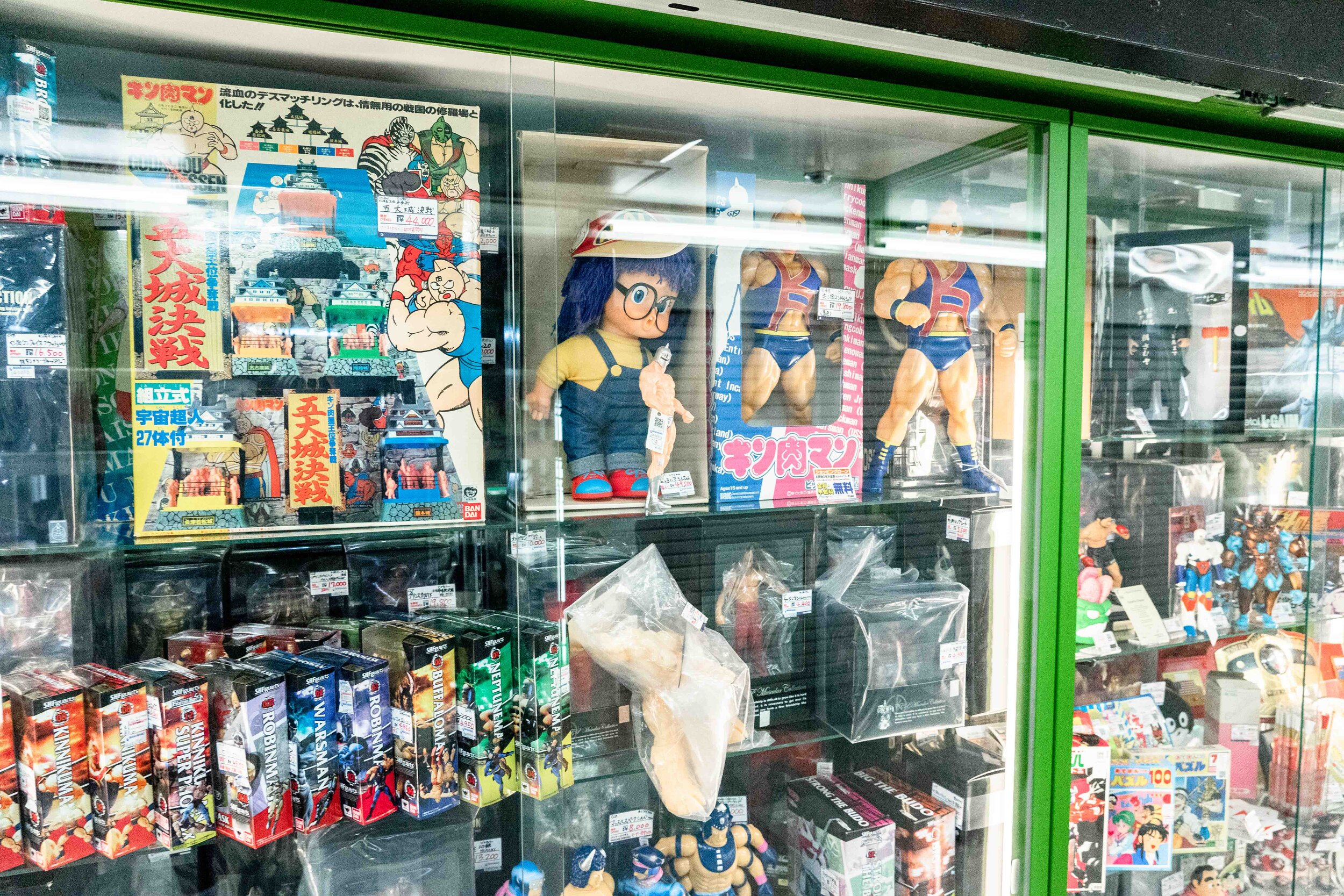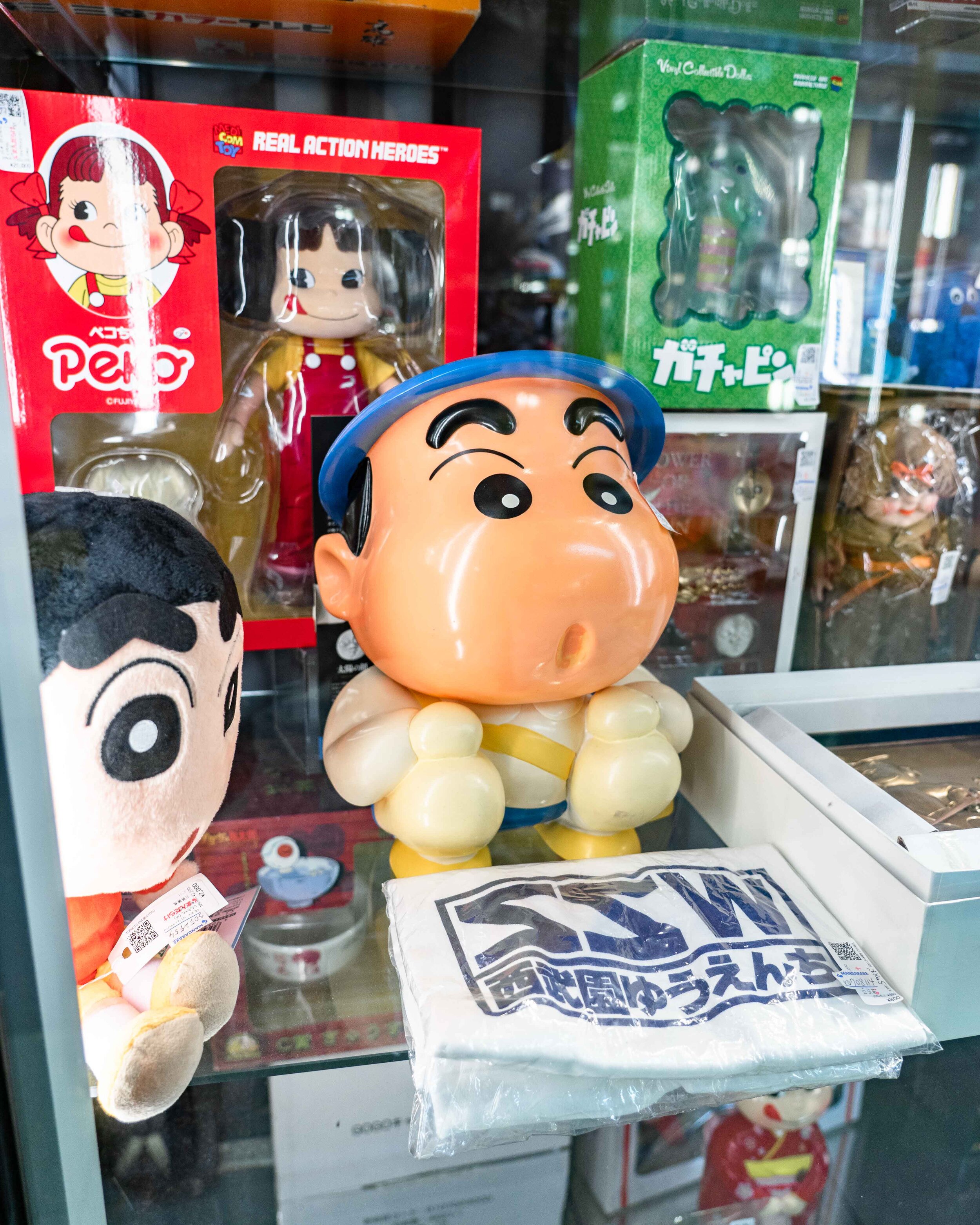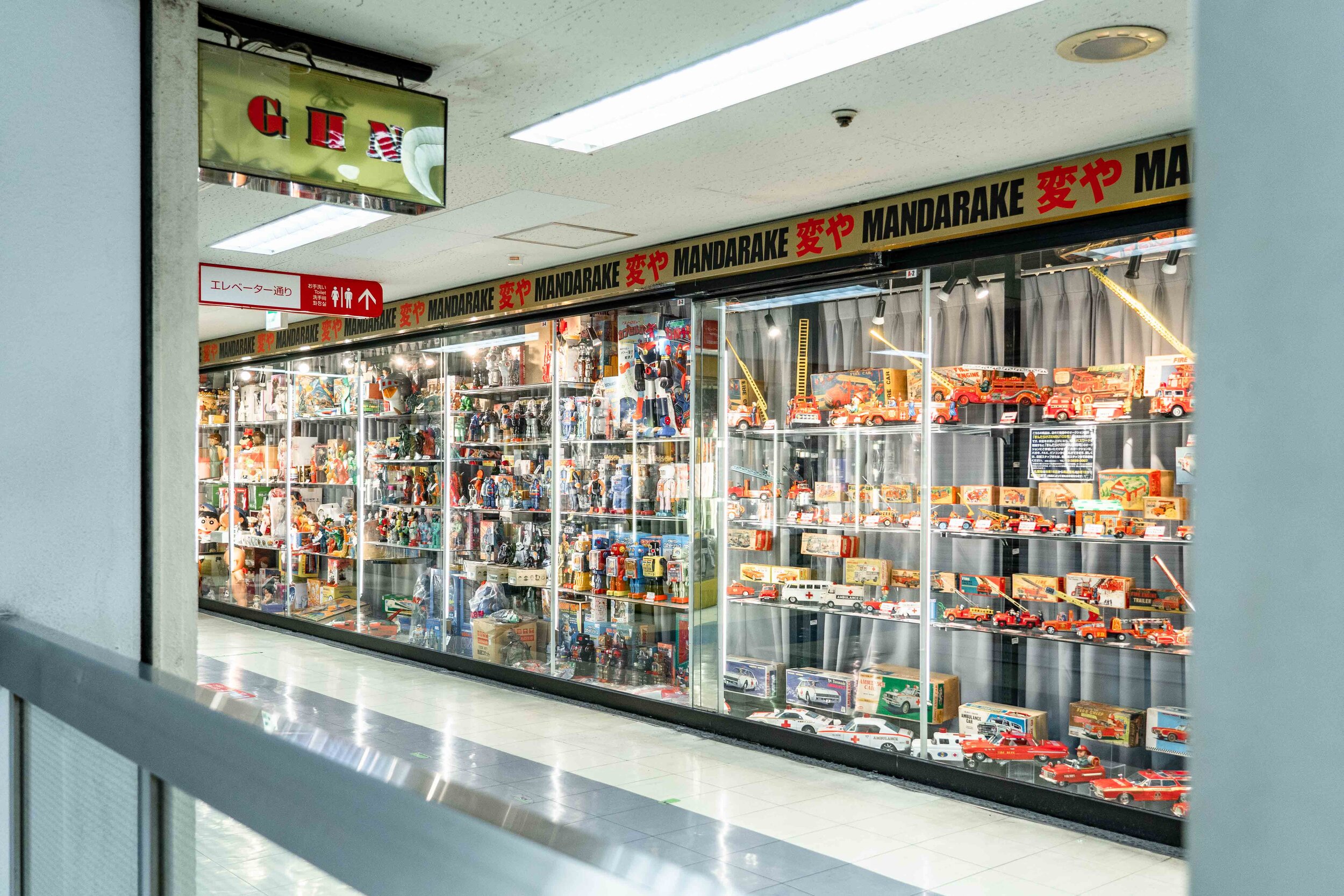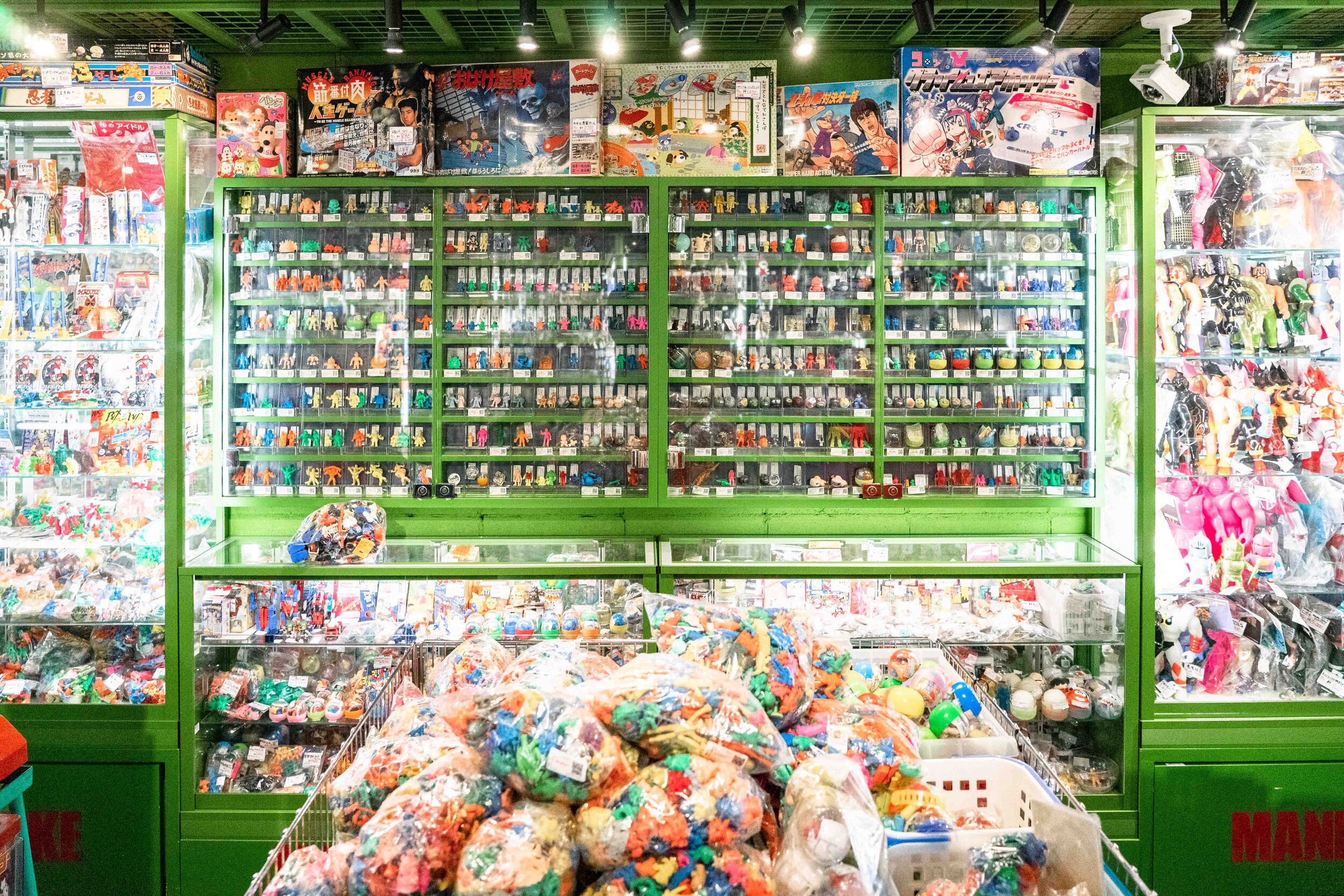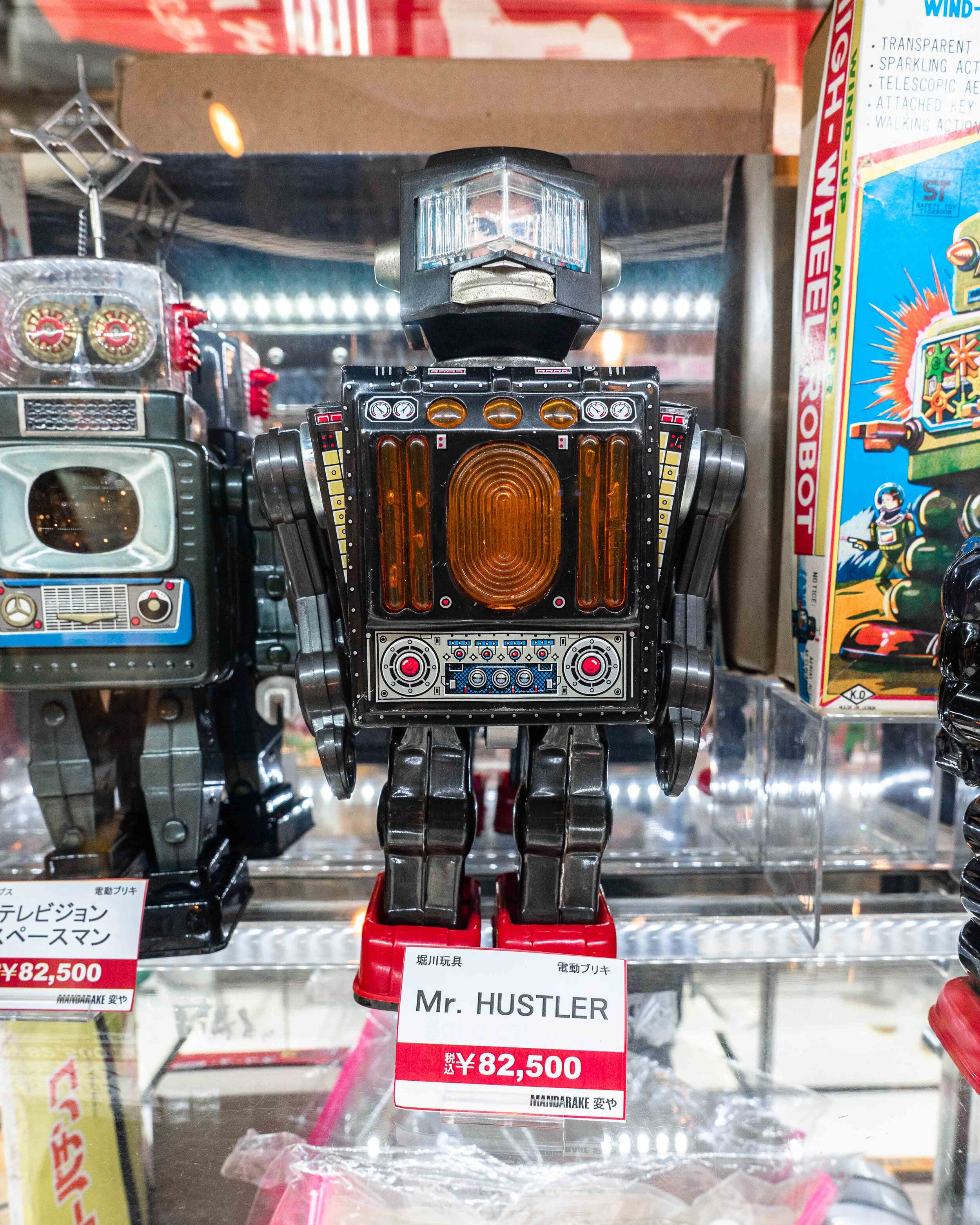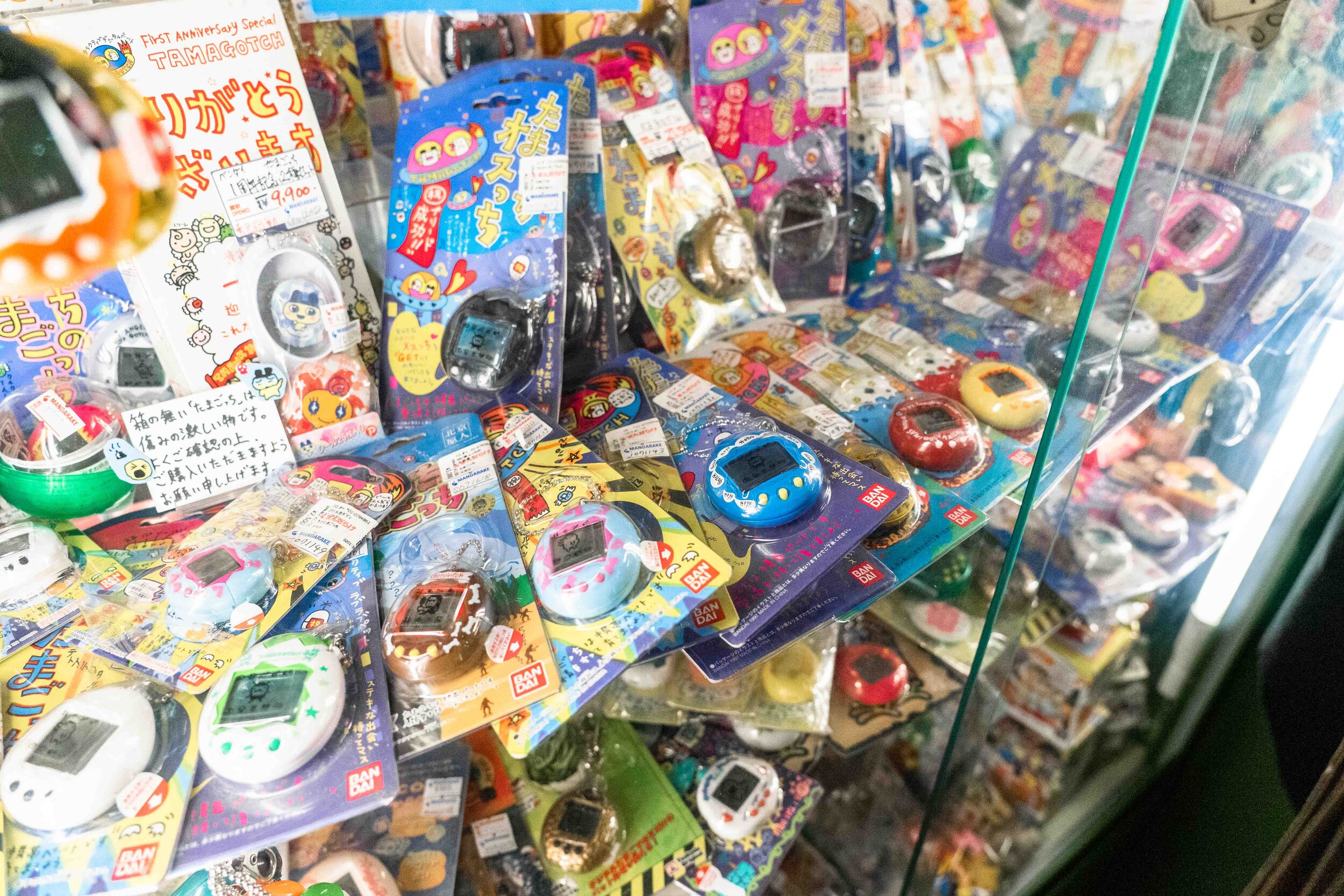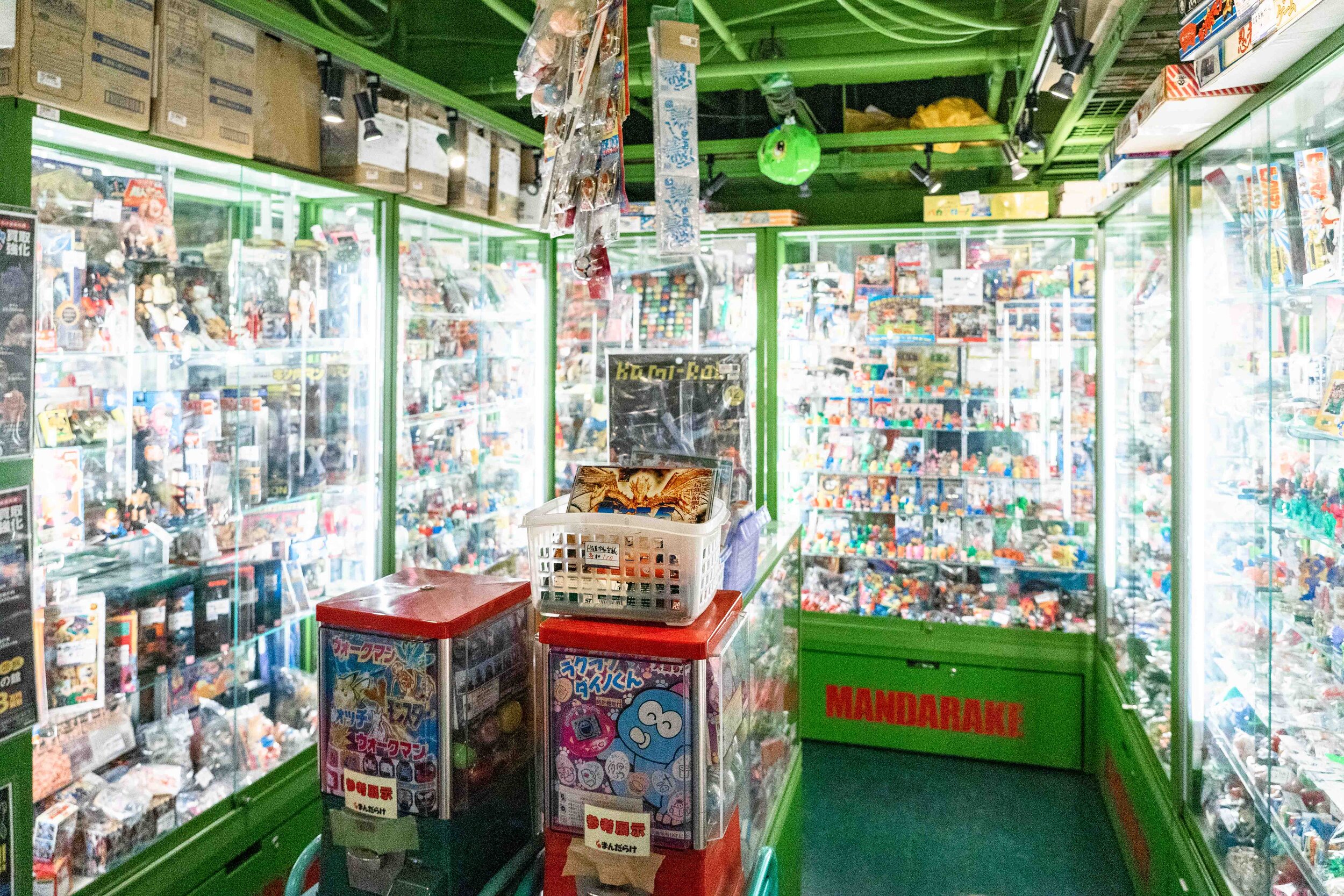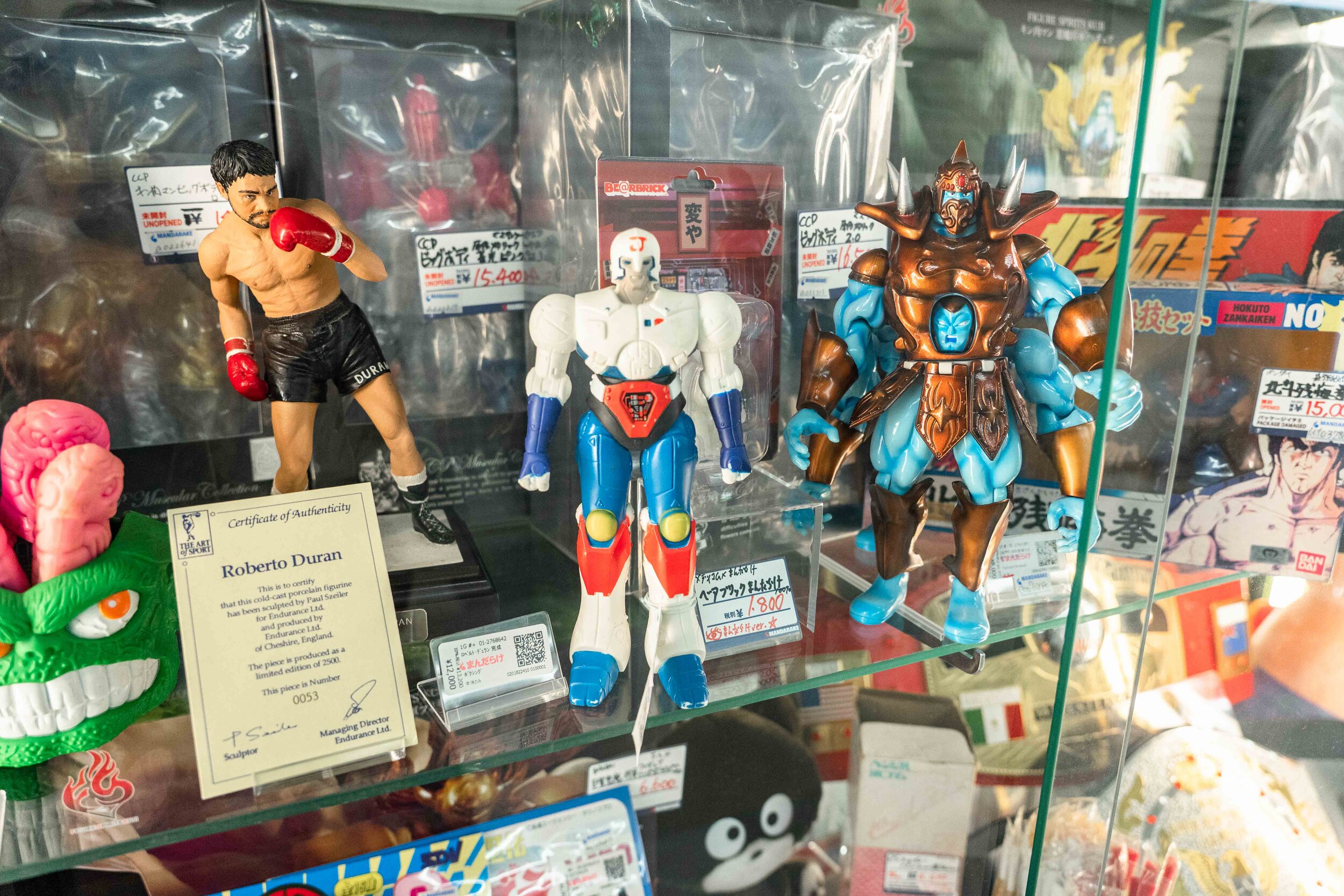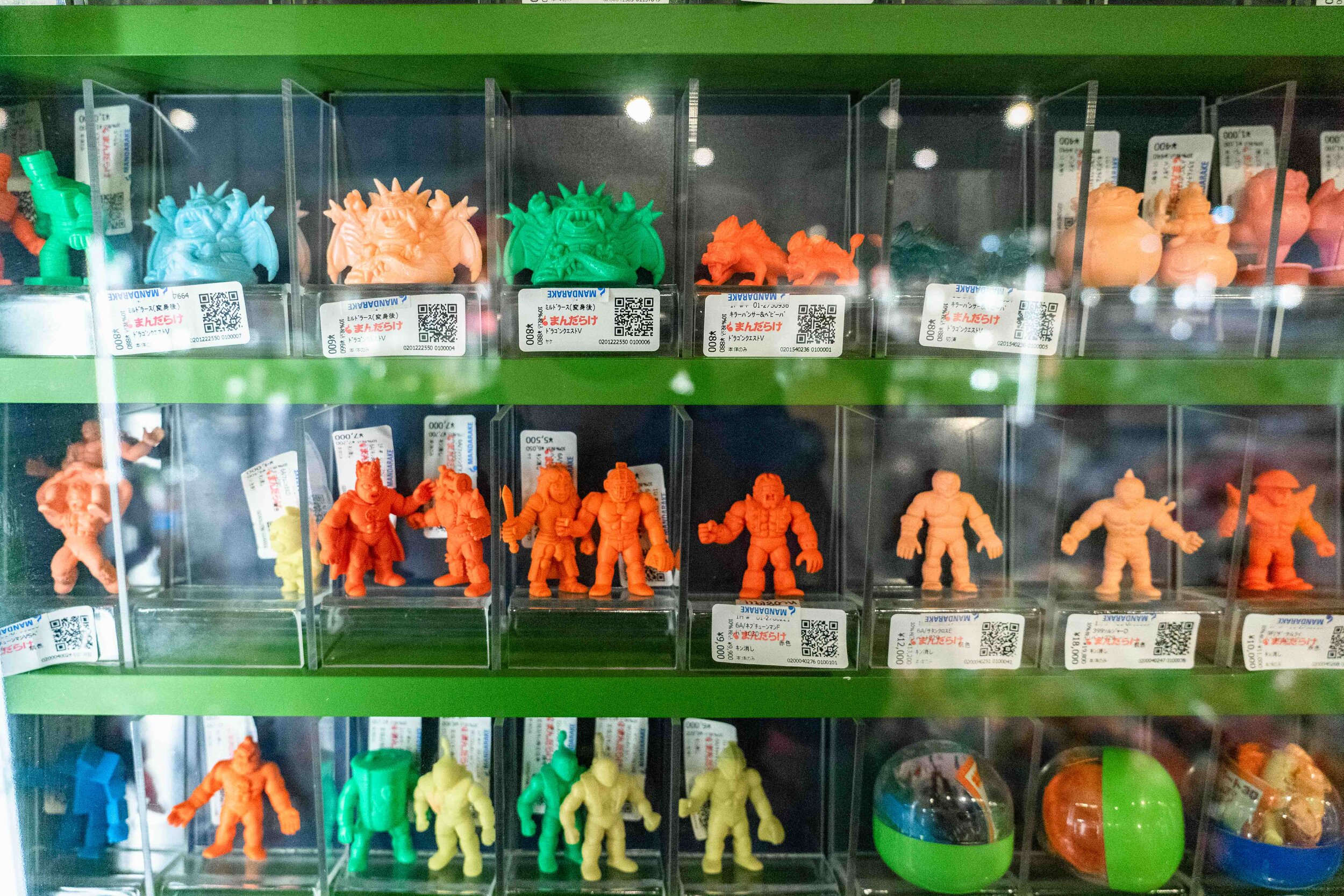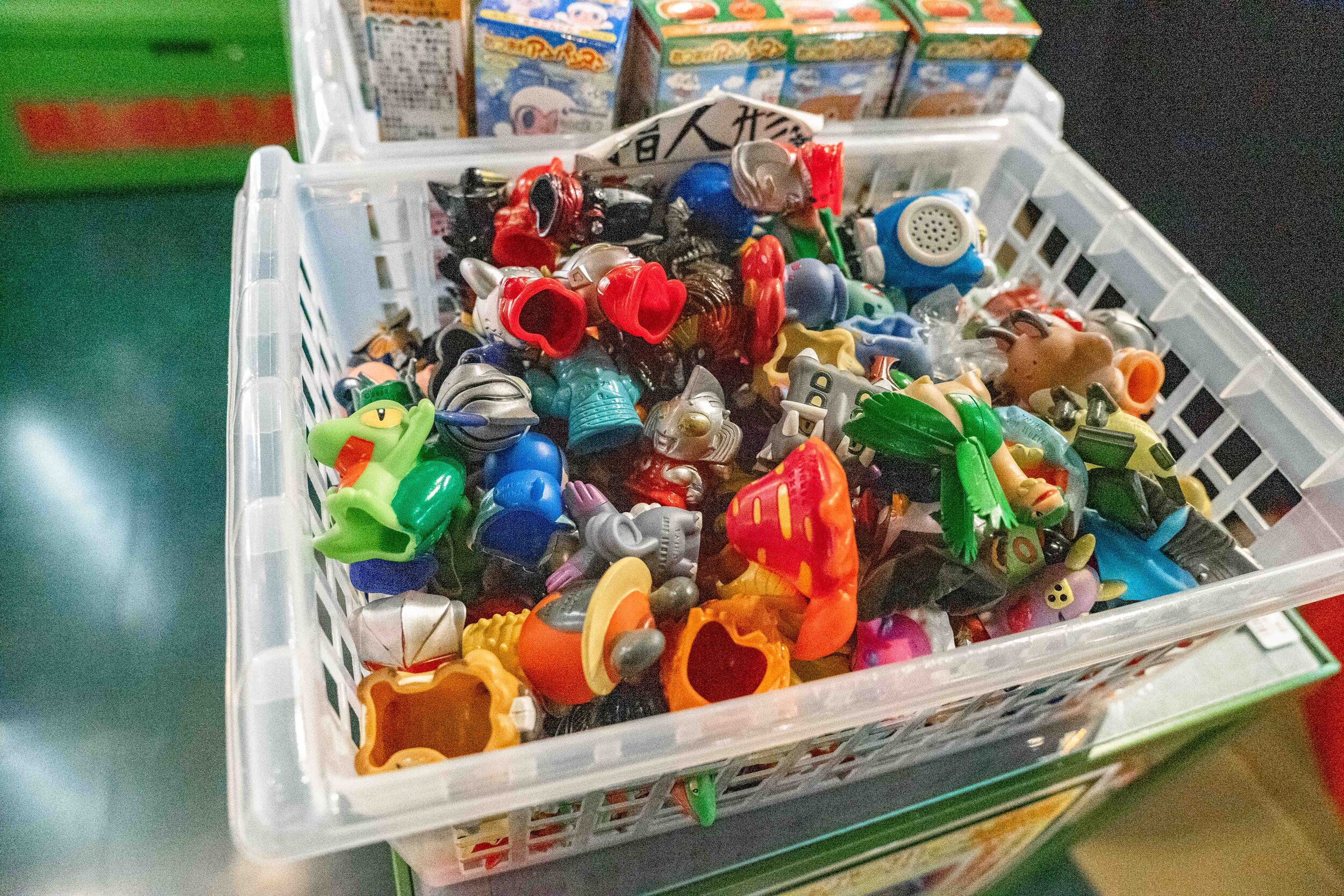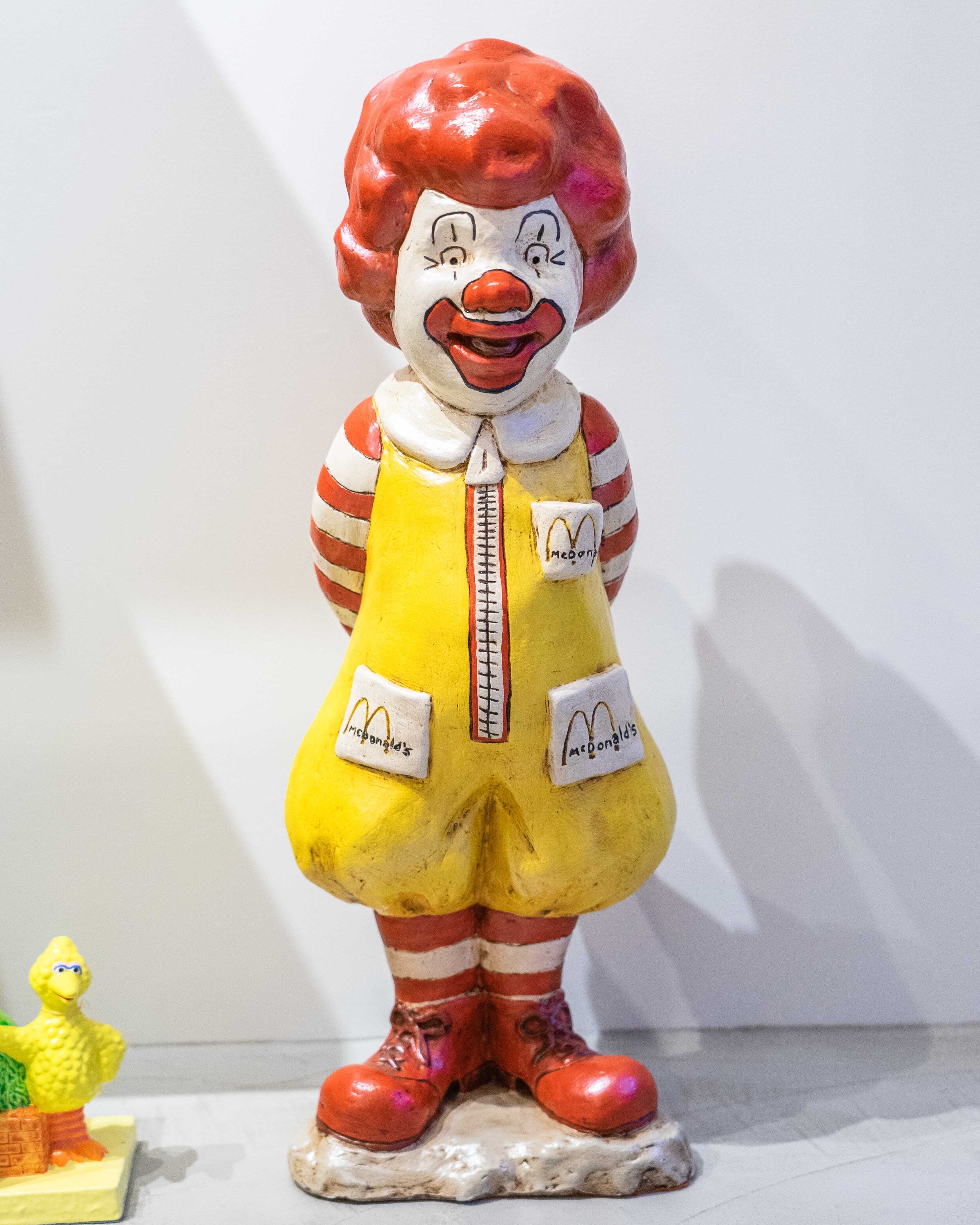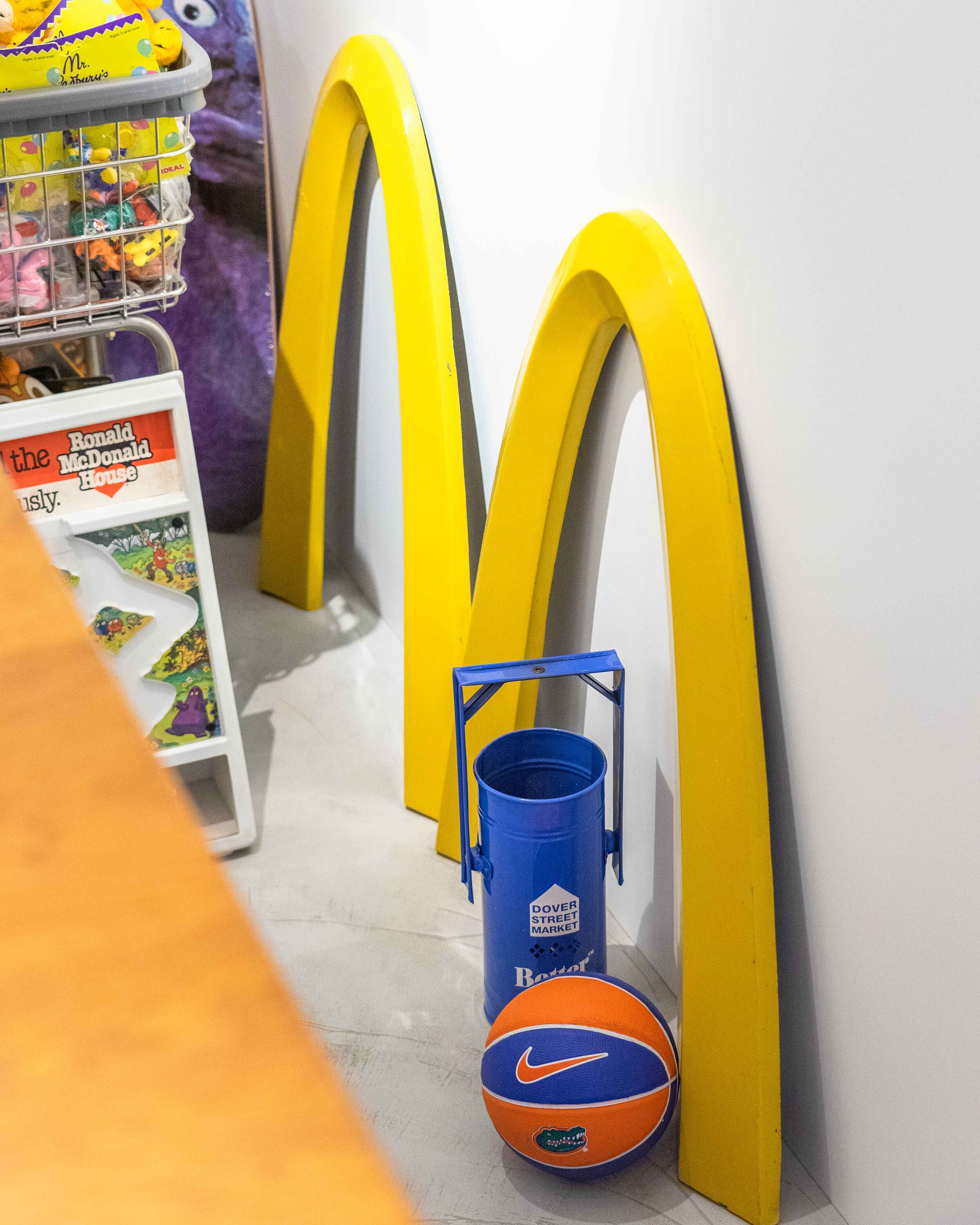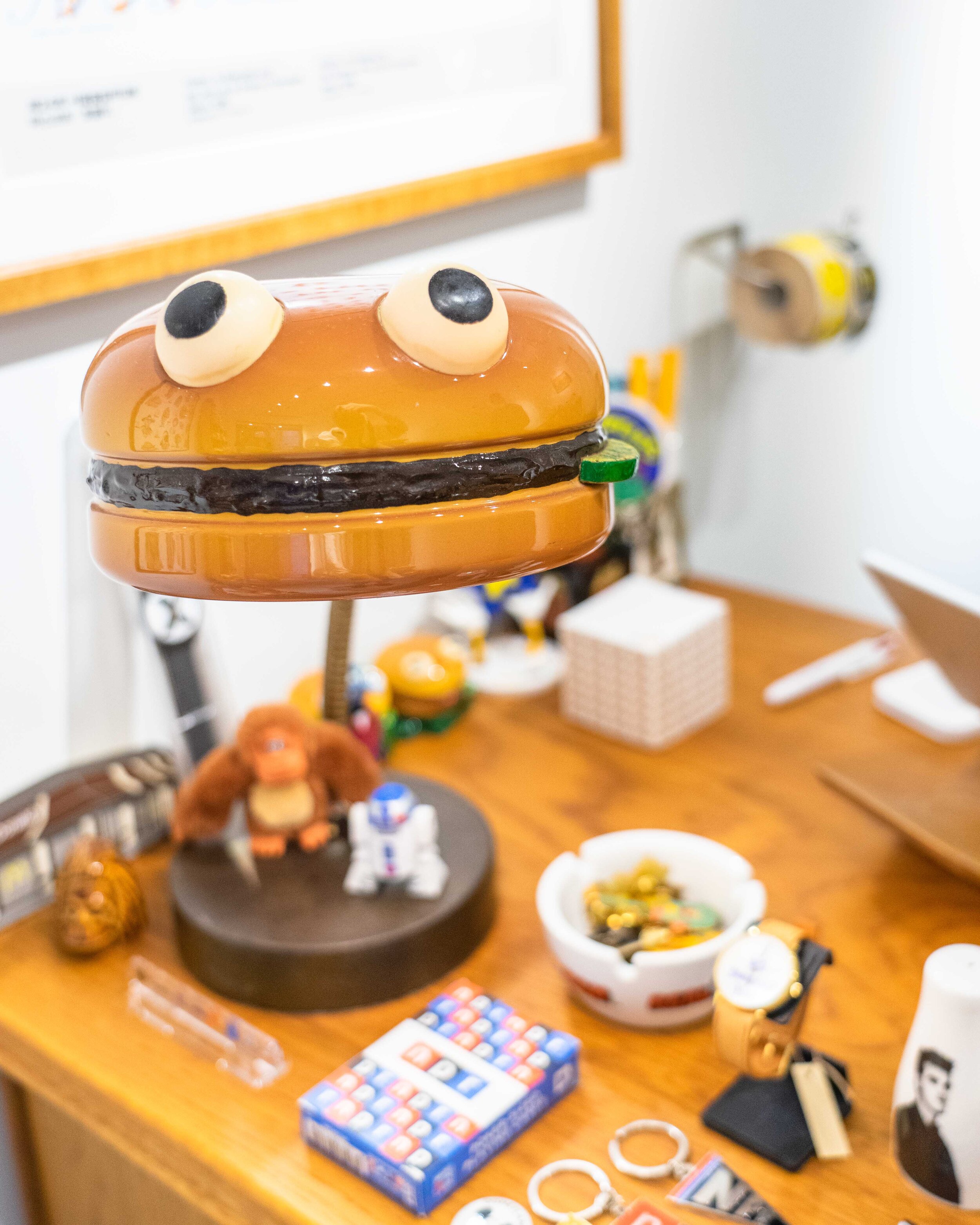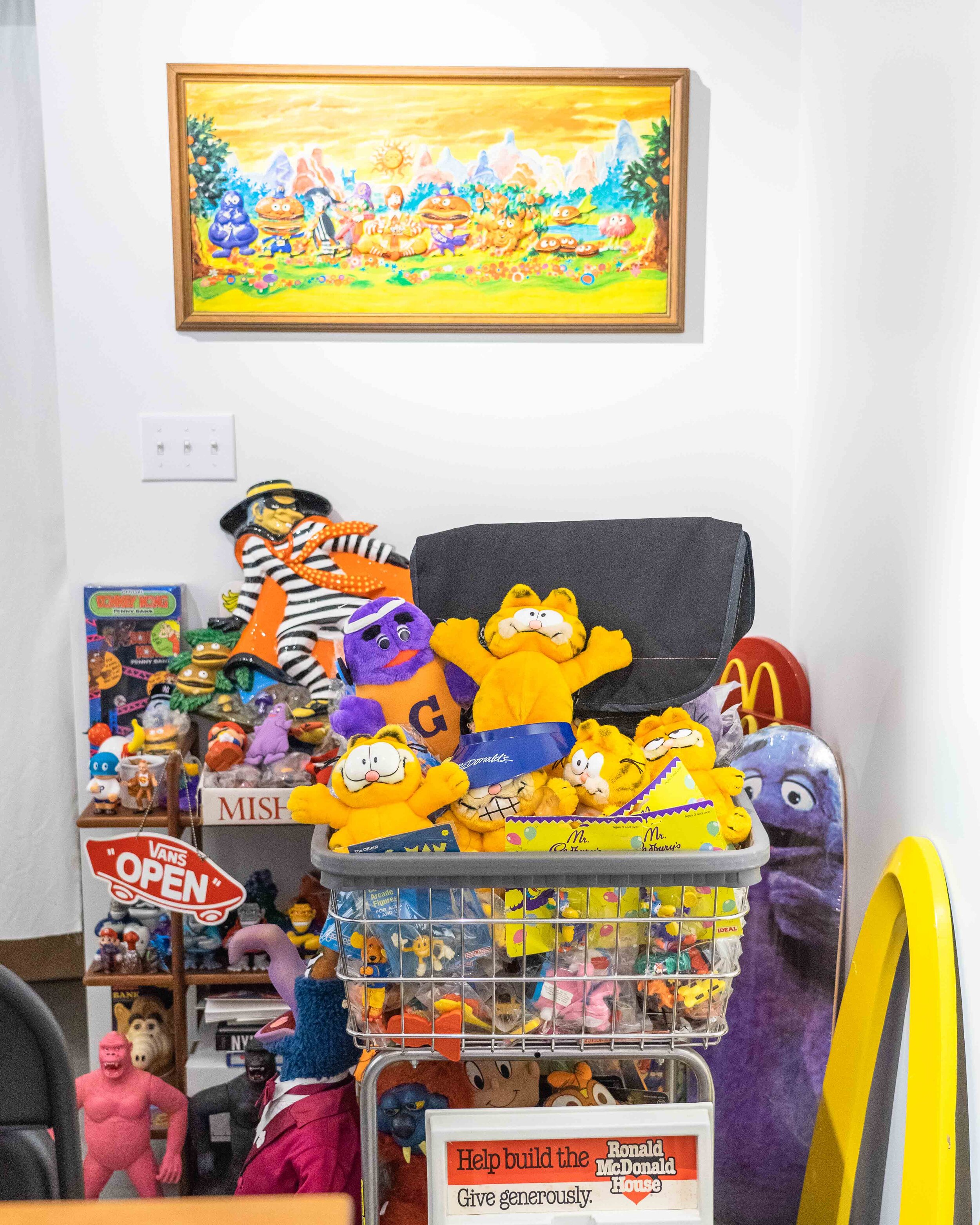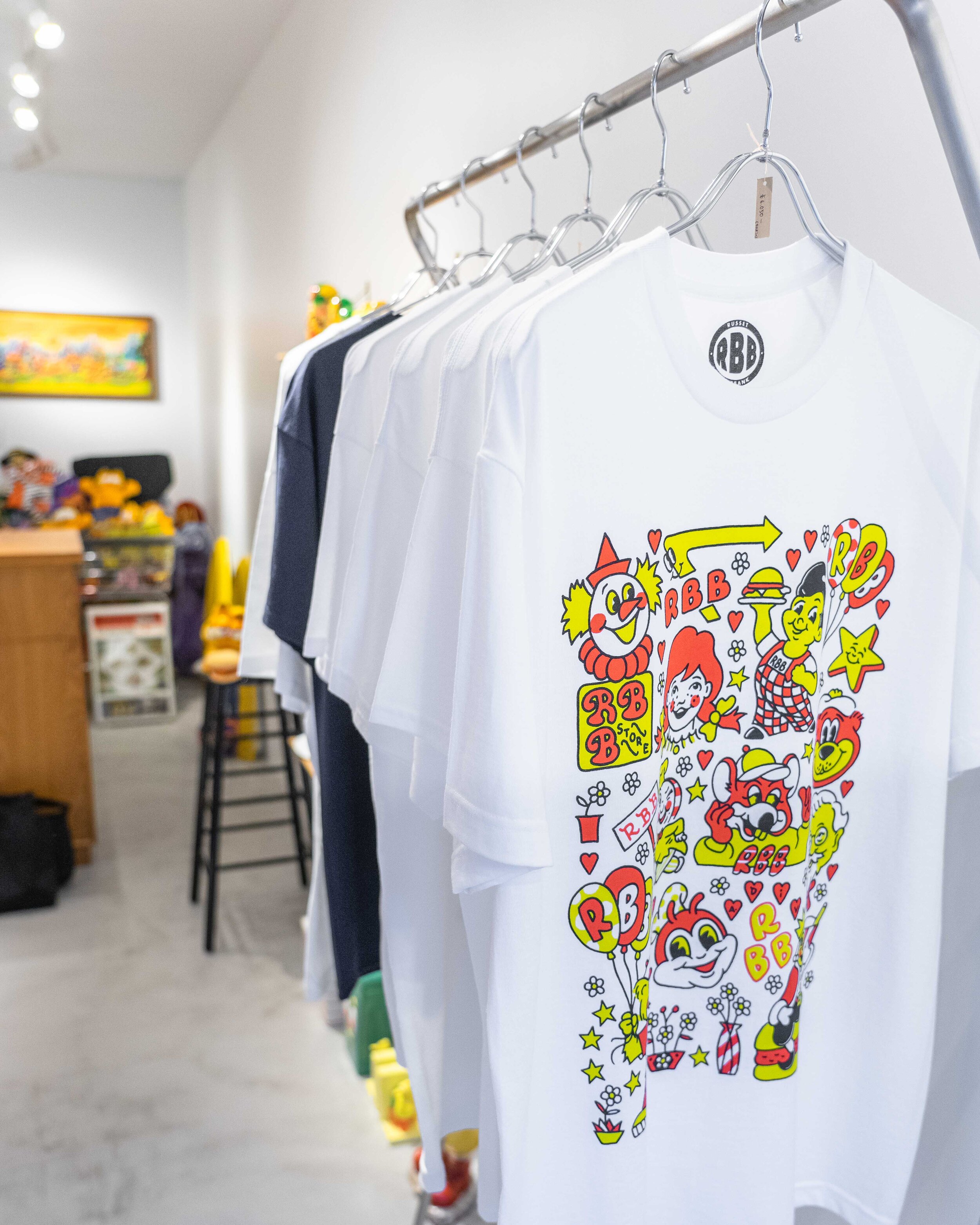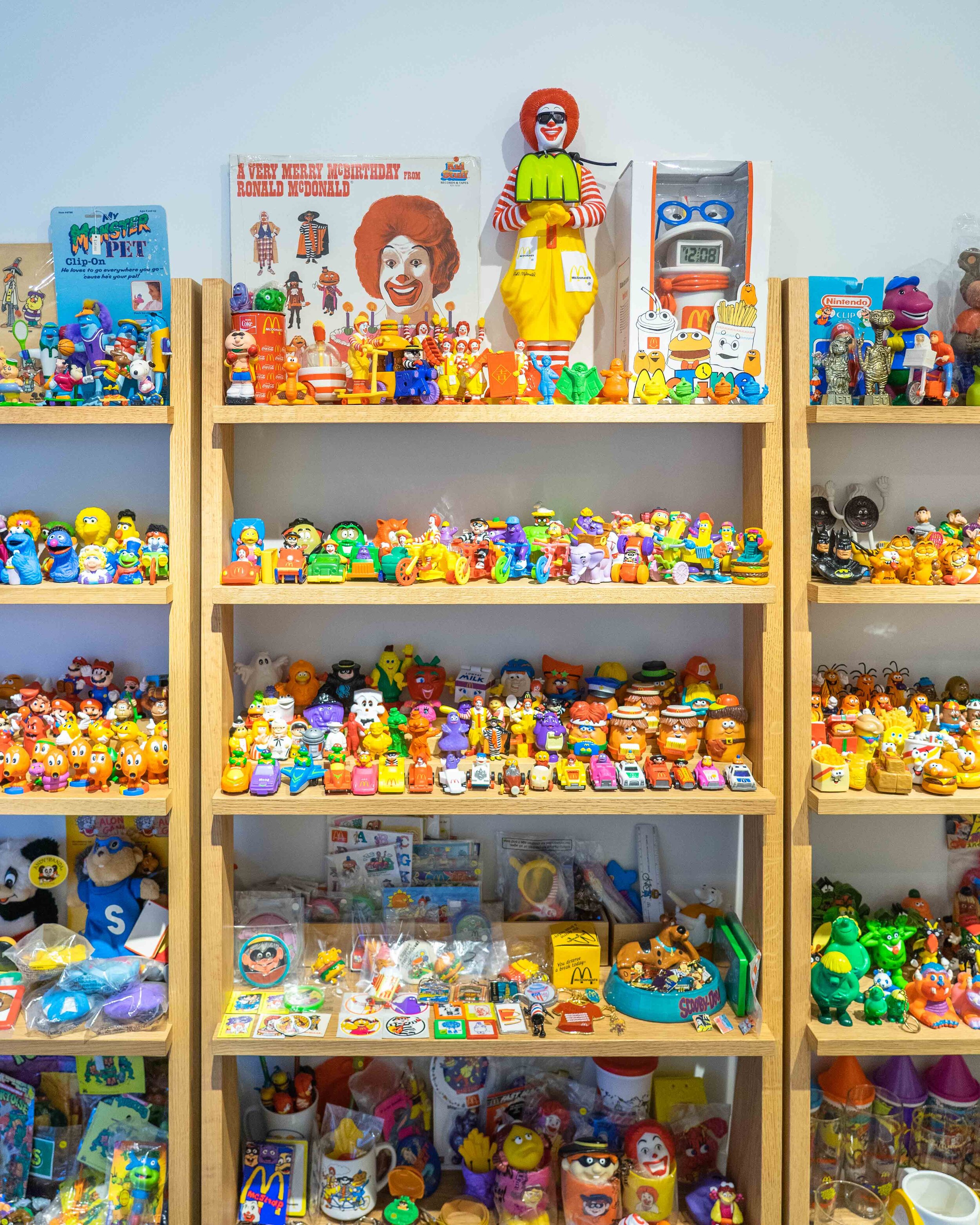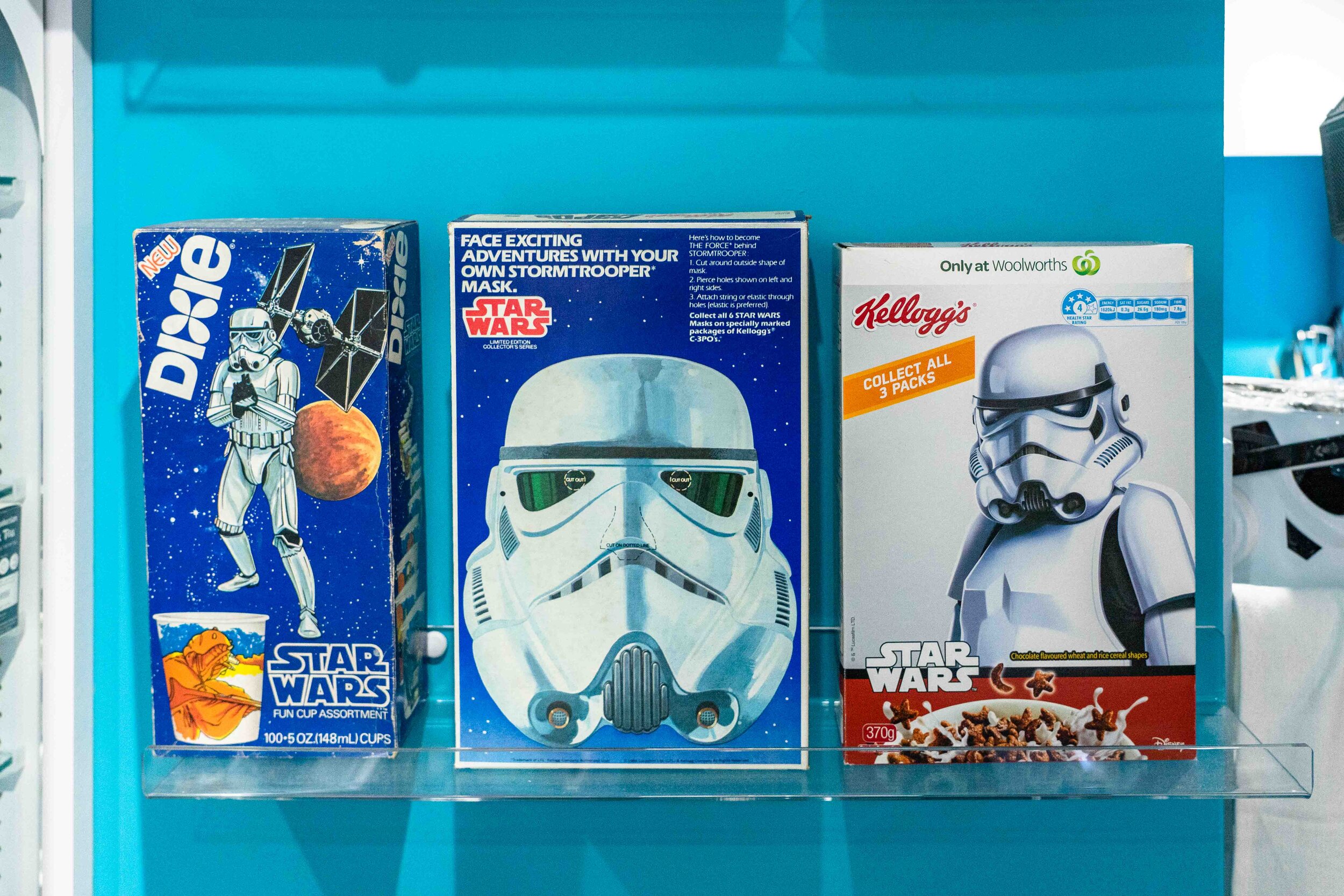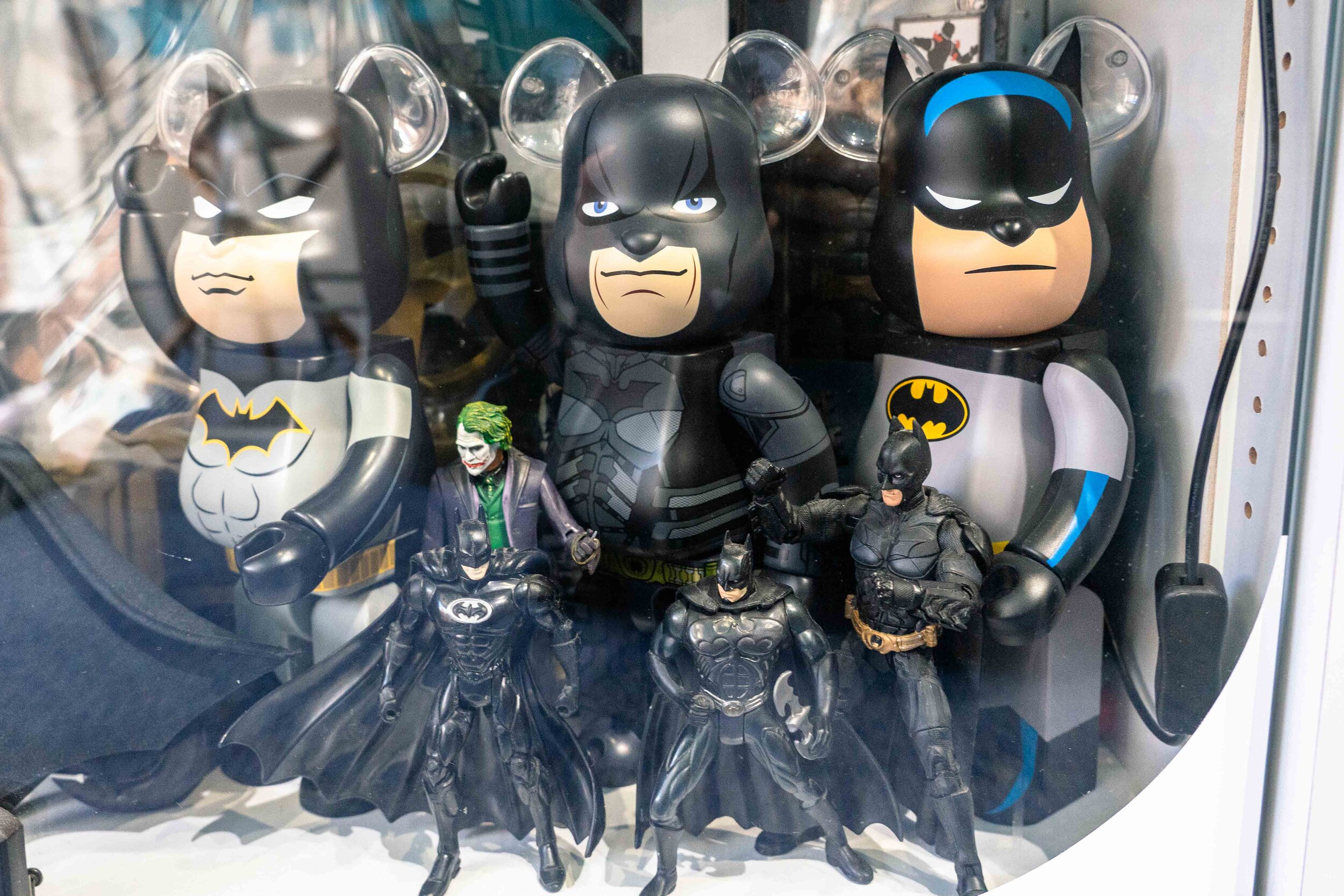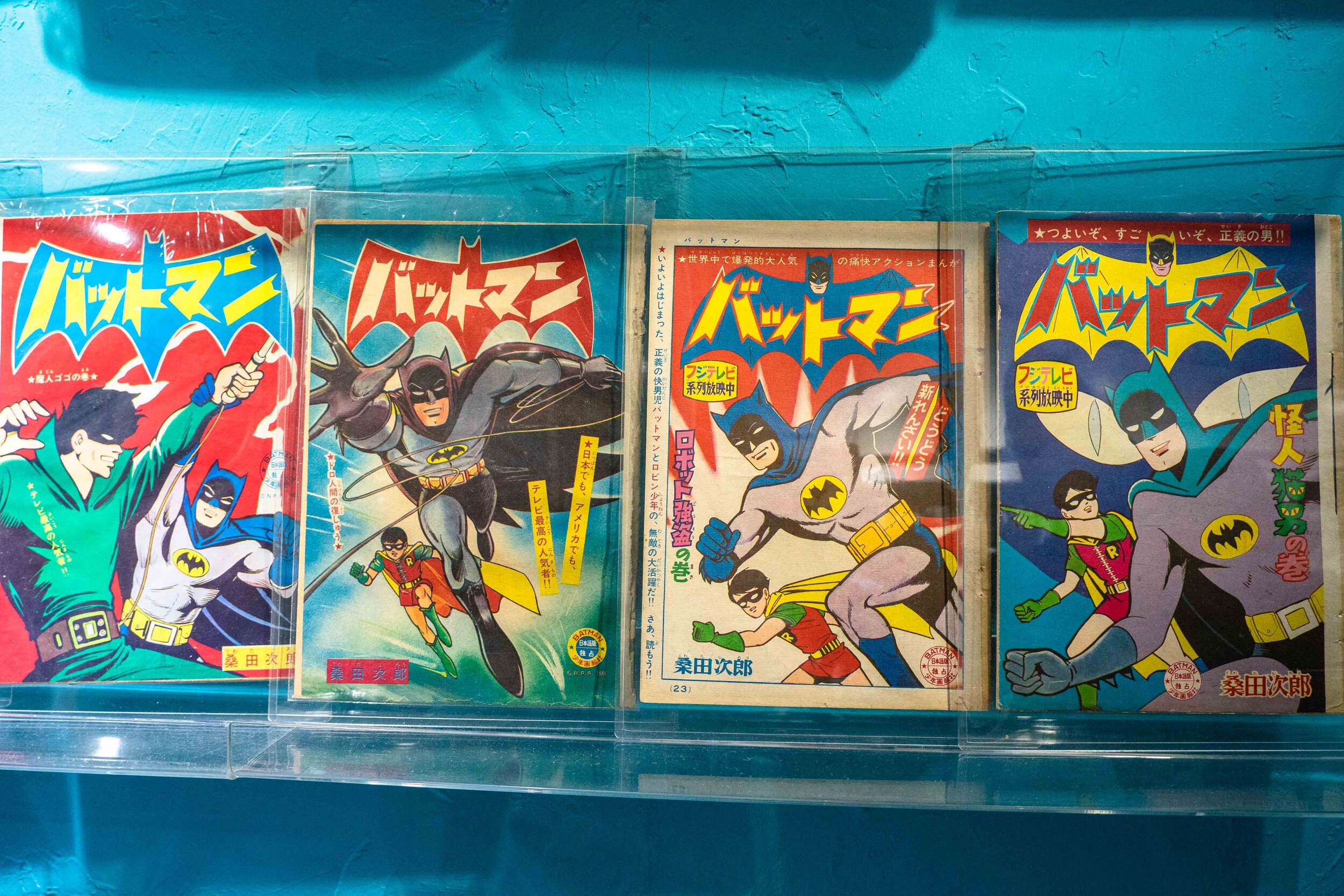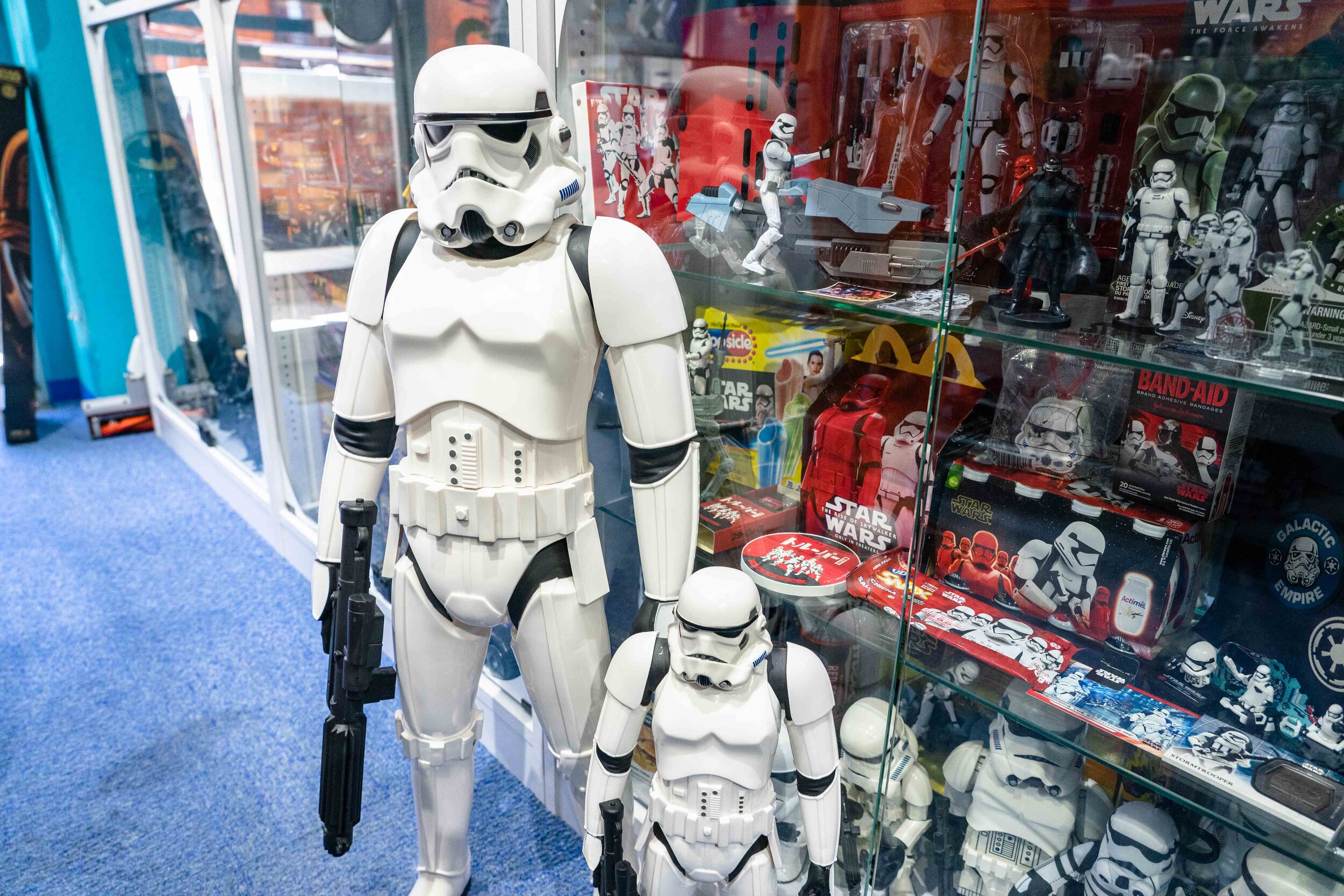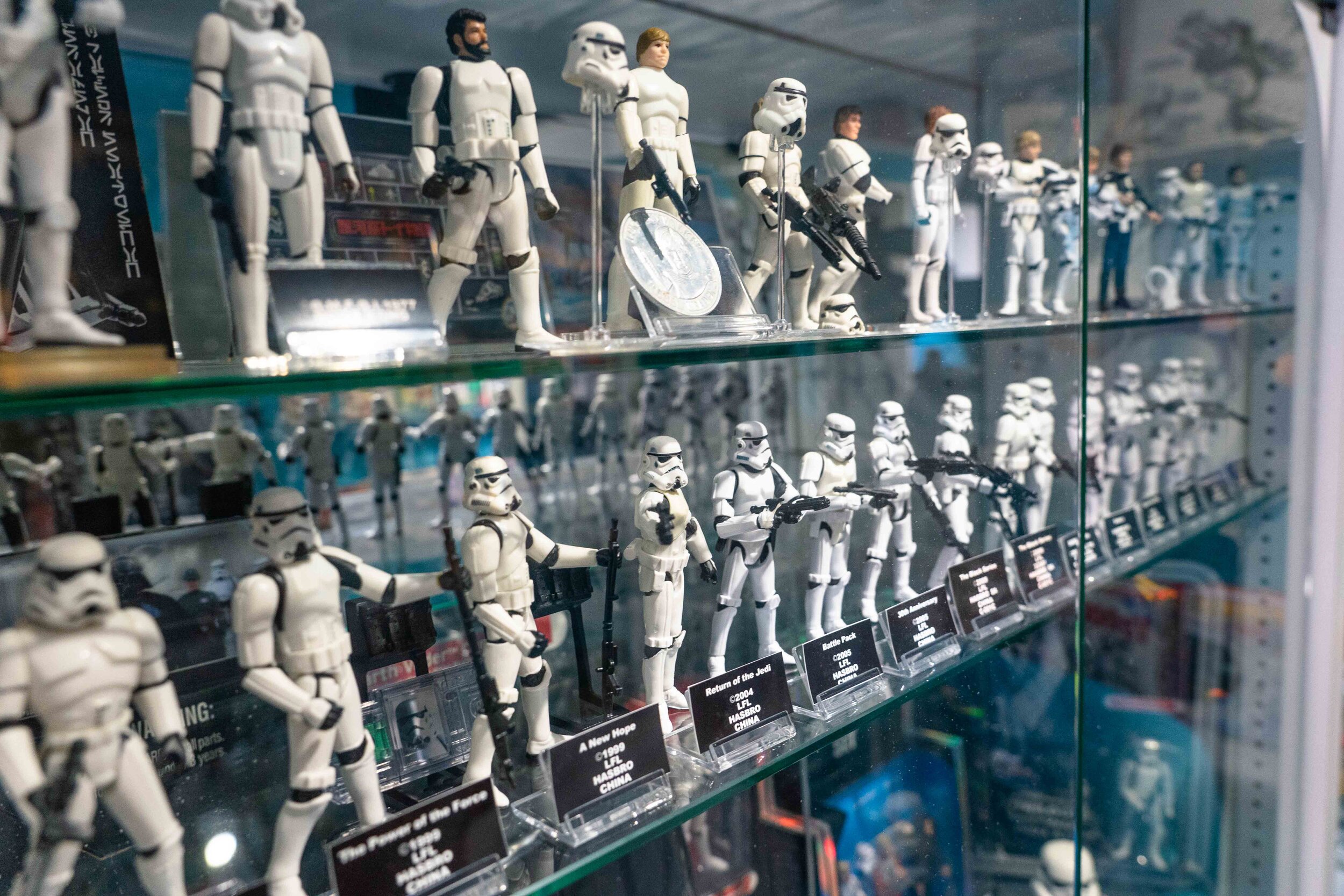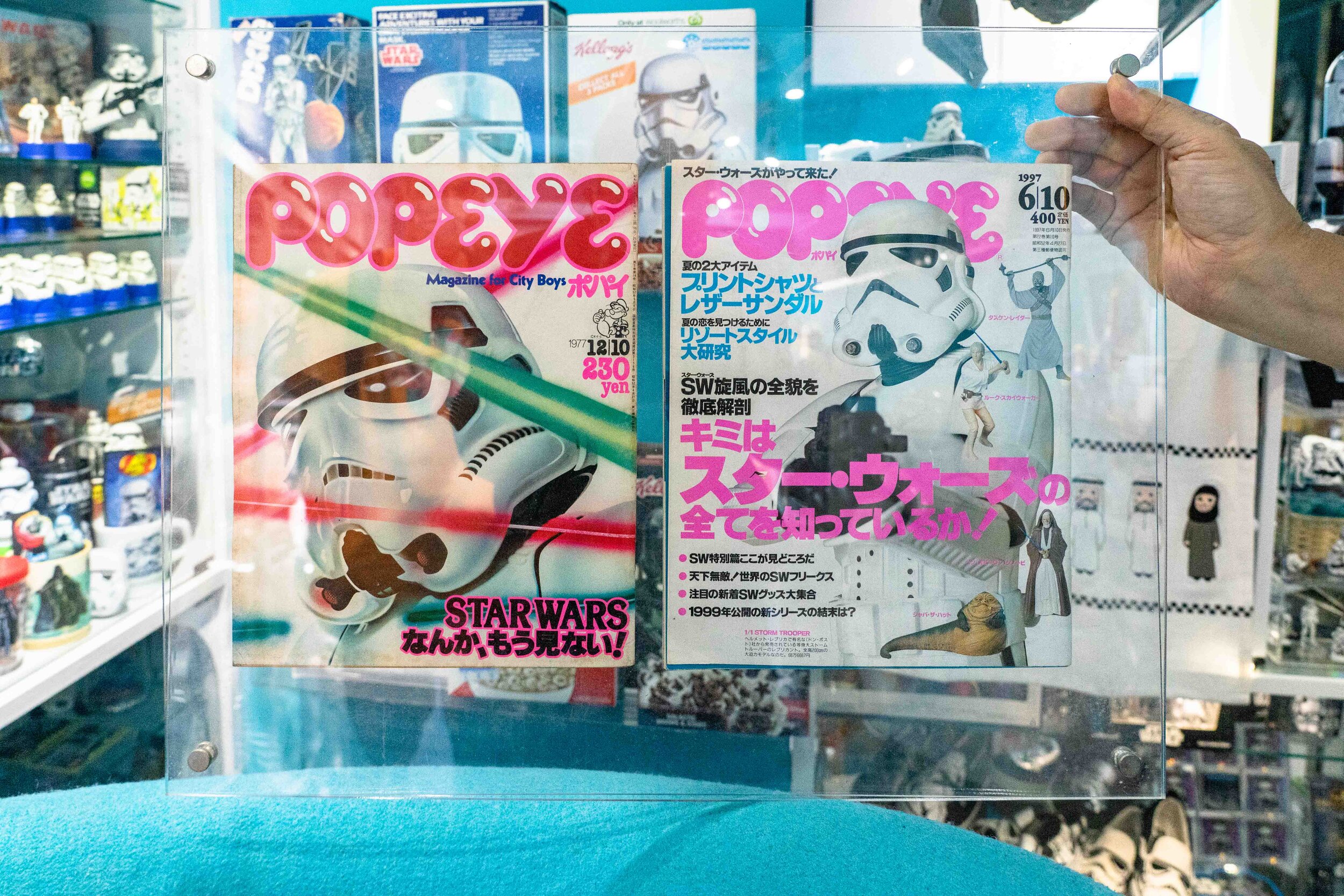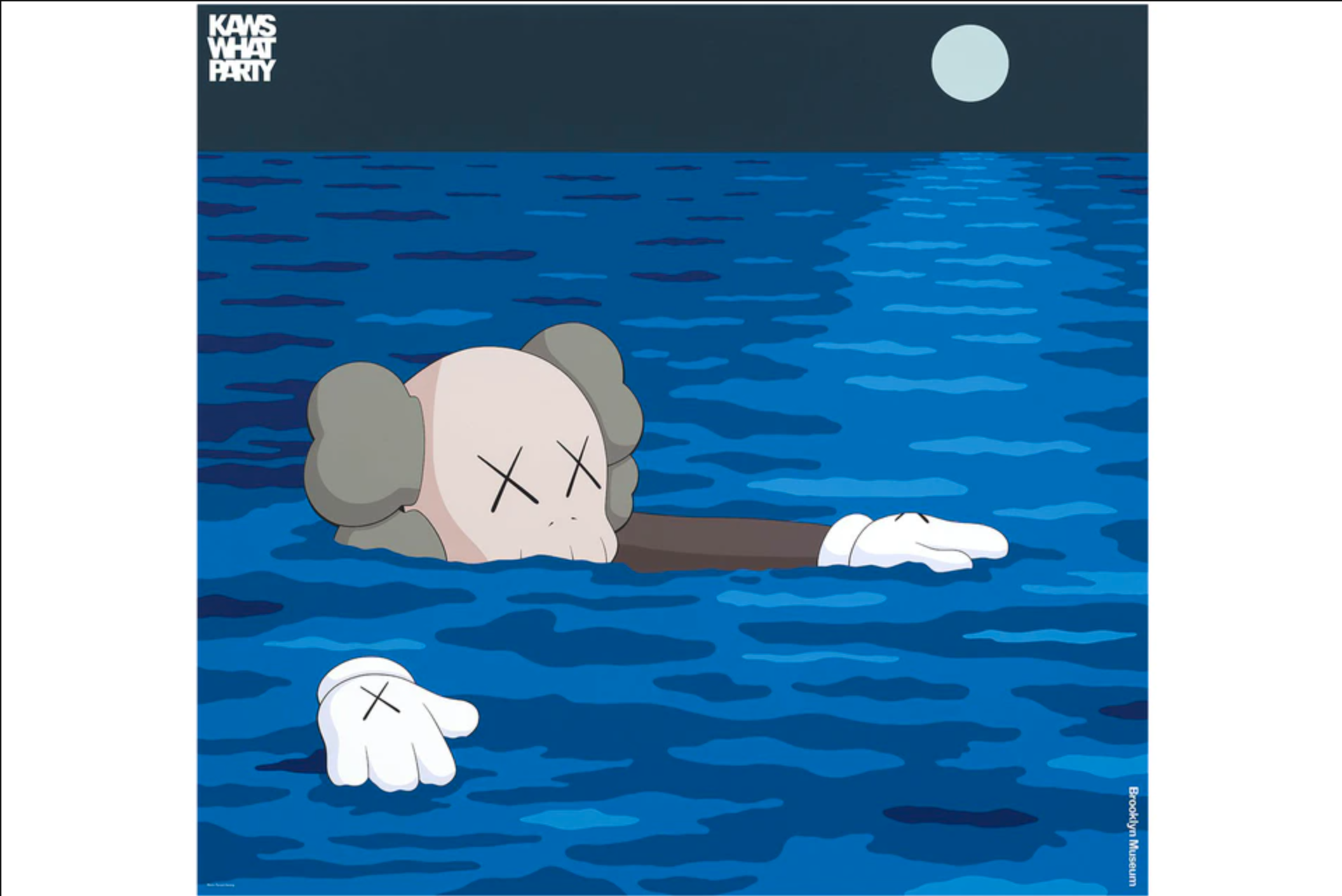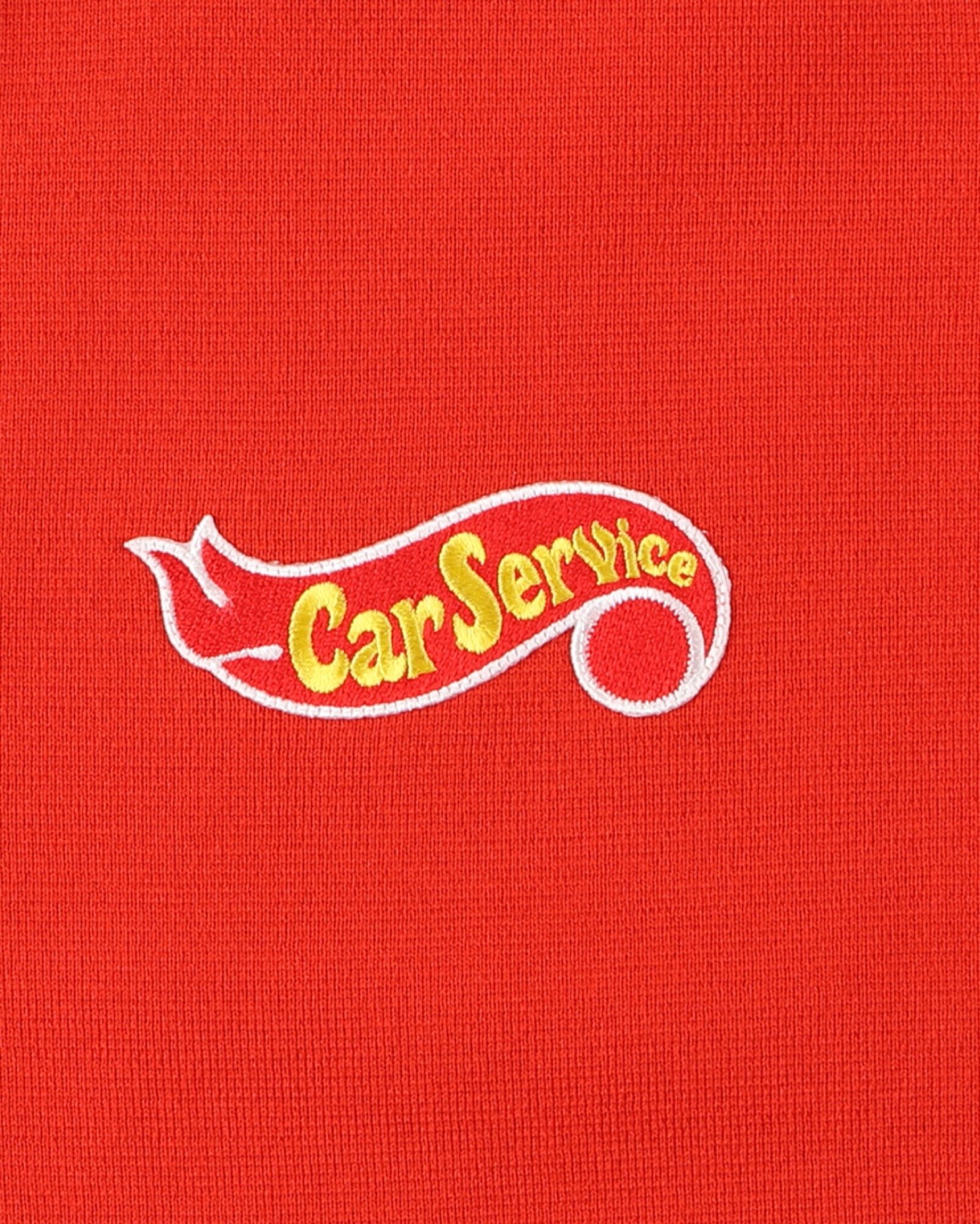TOKYO TOY STORY - A DEEP DIVE INTO TOY CULTURE [Sabukaru for StockX]
![TOKYO TOY STORY - A DEEP DIVE INTO TOY CULTURE [Sabukaru for StockX]](https://images.squarespace-cdn.com/content/v1/57825361440243db4a4b7830/1630581822871-1K77421ASXXVS8GY8K6F/Tokyo+Toy+Culture+Madarake+Otaku+Guide+Manga+Anime+Kawas+Toys+Nakano+Broadway35.jpg)
[Sabukaru for StockX]
Toy culture in Japan is massive. In fact, when you think of toys, the first country that comes to your mind is most likely Japan. There is no denying it. From old Sofubi figures to high-tech Gun Plas, the craftsmanship and detail that go into Japanese toys are on another level. With a rich history, toys in this country have played a big role, bringing joy & pleasure to people of all ages.
Throughout the years, there is always one name that gets linked to toy culture, one that helped make toy culture what it is today; KAWS.
Brian Donnelly, better known by KAWS, is an American artist born in 1974 in New Jersey. Whether you’re into art, fashion, music, or none of the above, chances are you’ve heard his name before, and seen his vivid, eye-catching work at some point. His “XX” is now one of the most recognizable signature touches in the art scene today. Being one of the leading figures of the graffiti scene in the 90s, KAWS made his name known with his iconic art on bus-stop advertisements.
cc: StockX
KAWS has not only been a big player in the art scene in his hometown but has also always been closely associated with Japan and its subcultures. Collaborations with UNIQLO, NIGO, and even “KAWS: HOLIDAY JAPAN” at Mt. Fuji in 2019, are just some of the things he has done in the country.
In 2001, KAWS held his first-ever exhibition in Japan, respectively titled “KAWS TOKYO FIRST”, at Shibuya Parco. At this small exhibition, exclusive posters and other merch were sold, and trying to get your hands on them now is going to leave you with a pretty fat hole in your wallet. Fast forward 20 years to 2021, KAWS was holding his first large solo exhibition in Japan ever. What's interesting about it, is the title, "KAWS TOKYO FIRST", the same name as his first exhibition in Parco.
When asked the reasoning behind this decision, KAWS answered that he felt that he has completed one cycle in his life. His 2001 Shibuya exhibition was a benchmark for him, and this 2021 solo exhibition will be in a way a homecoming. At the new exhibition held at the Mori Arts Center Gallery, there weree over 150 works on display, with some pieces even being from KAWS’ own private collection.
With KAWS being so closely associated with Japan & Tokyo, it comes to no surprise that his impact on toy culture is immense. Japanese toy giant MEDICOM TOY's BE@RBRICKS are just one of the many toys that KAWS took a part in to bring to the mainstream. Go back 10, 20 years, and nobody would have thought that adults would be paying good money to buy not clothes, not cars, but toys. To this day, KAWS still has some of the rarest collaborations with BE@RBRICK, and even ran OriginalFake, a collaborative brand between him and MEDICOM TOY, from 2006-2013.
cc: StockX
There is no doubt that KAWS has had one of the largest influences on Japanese toy culture. With that being said, if you take a look at toy culture on a global scale, Japan is naturally going to be the epicenter. The worldwide hype behind BE@RBRICKS, the rise in popularity of premium action figures, even the art style of many contemporary artists today, all share the common denominator that is Japan's toy culture, with KAWS involved in a great portion of it all.
To get a better grip on Tokyo toy culture and how it shaped the way toys are seen globally, let's take a deeper dive into Tokyo, and shine the light on some of the stores, both big & small, involved with the nostalgic blackhole of toys.
MANDARAKE - THE OG SUBCULTURE & TOY HEAVEN
Originally founded in 1980 Masuzo Furukawa, what is now the giant cynosure of everything hobby & subculture related, started as a used bookstore with a merely 7m² space in the Nakano Broadway shopping complex. To no surprise, Furukawa himself is a manga artist and a part of the "Garo Sanbagarasu" [Garo Trio]. The Garo Trio was a group of manga virtuosos, who rose to fame for their exceptional works in "Garo", a monthly magazine that specialized in alternative, avant-garde manga. Garo targeted a rather mature audience, with their main readers being college students and young adults.
Furukawa also made a name for himself by appearing in "Nandemo Kantei-Dan" [Anything Appraisal-Group], a show which airs on TV Tokyo where participants bring personal "treasures" which are examined and priced by experts of the field. In the show, Furukawa promoted his then-small Mandarake, slowly but surely gaining recognition.
In 1987, Mandarake became incorporated, broadening their horizon from just manga to a much wider range of cultural goods. This move also led to Mandarake's opening more stores in Nakano Broadway, triggering Nakano Broadway to become the Otaku mecca-building it is today. Mandarake is now the largest secondhand comic retailer in the world, and its pricing & appraisal system are said to have a huge impact on the prices of the used book market. They also call themselves the "Rulers of Time".
Nakano Broadway is a giant complex located in the Nakano area of Tokyo, a 5-minute train ride from Shinjuku. Opening in 1966, Nakano Broadway is widely known as the "sanctuary of subculture". However, prior to the great success of Mandarake, Nakano Broadway was not much different from your average Japanese "Shotengai", or shopping street.
The 5 floors of the shopping complex portion of Nakano Broadway not only are made up of stores specializing in subculture content but also anything from grocery stores, arcades, barbershops, to fashion stores; all in a chaotic, yet appealing manner. The focus is, however, on the multiple stores covering otaku, subculture, and vintage goods. This somehow balanced chaos exists, all thanks to Mandarake.
To fully understand the impact and significance of Mandarake, Sabukaru presents you with a first-hand look at some of our favorite stores/sections within the otaku capital that is Mandarake.
Mandarake Floor Plan
4A - HENYA: THE GRAIL ROOM
Henya, which means "Weird Shop" in Japanese, is quite literally the grail room of Mandarake. Vintage & antique toys of all sorts are lined up behind glass display cases, in one of the nicest-designed store interiors of the complex. Rare toys from around the world can be found in this store, including anything from small Astro Boy vinyl figures to nearly 3m-tall Coca-Cola displays. While the selection of valuables is diverse, they all have one thing in common: the price points.
Yes, the cute Doraemon piggybank and the human-sized Ultraman may be tempting, but be sure to save a few bucks before you go to Henya; some of these relics are in the millions of yen [¥1,000,000 ≈ $10,000].
2G - MICRO-KAN: RETRO TOYS FOR THE FANS
Store 2G of Mandarake, the "Microkan" [Micro-Hall], is a toy shop, slightly more affordable to the average consumer. Microkan is a room full of toy culture, with big boxes full of vintage, small toys are stacked up. From old eraser toys that took Japan by storm in the 80s and 90s, old iconic Tamagochis, and rare Studio Ghibli collectibles are just some of the thousands of toys shelved in the store.
If you're looking to buy but not quite ready yet to go to Henya, or just want to be in an environment surrounded by retro collectables, Microkan is the place for you.
3C - HONTEN 1: THE HEART OF MANDARAKE
Although you might not find any toys in this store, Honten 1, meaning "Main Shop", is the center of Mandarake. With a collection of manga & books that seems to be infinite, this store stays loyal to Mandarake's roots. As the name suggests, this is the heart of Mandarake, and it is also where you should start your journey. Manga, magazines, books, CDs, all old and new, are lined up in quantities you've never seen before. You just have to go there to get the full experience
But be careful not to spend your entire day here, as the lineup of manga is on another level. Well, unless you're a diehard manga fan there strictly in search of manga. We respect that too.
We probably got you interested and wanting to take a trip to Mandarake by now, and if we haven't, still go. Trust us, you won't regret it. And if you're worried that this chaotic cluster of a shopping facility is too intimidating for you foreign otakus; don't worry, Mandarake has an English online store, along with staff who are fluent in multiple languages. So once travelling becomes a thing of ease again [if it ever does], do yourself a favor, save some money, and go splurge & enjoy one of the most unique retail experiences you will ever have.
After everything we've shown you about Mandarake, it might seem like you've seen it all; however, if you dig into the endless rabbit hole that is Japan deep enough, you'll quickly realize that there is in fact, much more than just Mandarake. Although Mandarake's gargantuan selection of carefully curated items may be at the top of the subculture-pyramid, there are also other underground contemporary stores that present their narrower, niche take on toys & other subculture-related items, each in their unique ways. The next stops on our tour will show you some of the well-kept secrets of Tokyo, the real Sabukaru hidden gems.
RUSSET BURBANK - VINTAGE AMERICAN TOYS THROUGH A TOKYO LENS
Russet Burbank, sometimes stylized simply as RBB, is a prime example of Japan taking western culture to the next level. Located in the cultural hot-spot of Tokyo, A.K.A. Shibuya, Russet Burbank is a small shop that specializes in American vintage toys.
In recent years, we've seen countless brands, not just exclusive to toy brands, pay homage to classic American references like McDonald's, Mickey Mouse, Marvel, and more. Russet Burbank carries all of the OG toys that these brands sample; vintage 80s McDonalds happy set toys, old Disney souvenirs from the States, and retro Marvel collectables are just a handful of the hundreds of toys that are on the shelves of the toy dealer.
The shop is also a favorite of many of Tokyo's leading youth-culture faces. Having connections with names like Kei Hashimoto of Car Service, BoTT director TEITO, and even a collaboration with MIN-NANO, Russet Burbank is sure to never miss when it comes to understanding what the culture wants.
If you ever find yourself lost in Shibuya, Russet Burbank will not disappoint. Although most of the items RBB sells are not Japanese or Japan-exclusive, you won't be able to get your hands on, or even come across many of the things you see in the US. Having a western experience that you can only have in Japan is not something you can do often, so add it to your list of destinations, and be sure to stop by.
TOKYO TOY CAFE - SMALLER THAN THE BATCAVE, BIGGER THAN THE IMPERIAL ARMY
Tokyo Toy Cafe is a small cafe located in a shared complex not so far from Nakameguro station, with an eye-catching sky-blue interior. What makes this destination so unique is not the expensive BE@RBRICKS, not the selection of rare vintage toys, but the insane collection of Star Wars and Batman-related objects [although there are also a good amount of expensive BE@RBRICKS and vintage toys, just strictly Star Wars and Batman items].
Take a step into the store, and you'll be welcomed by one of the largest Batman collections in Japan, along with a horde of Stormtroopers; probably more than in Star Wars itself. The store has every Batman & Star Wars artifact you can think of; from rare Batman movie posters to exclusive Stormtrooper figurines, they have it all. But if Tokyo Toy Cafe had only things that we could imagine, we wouldn't have gone out of our way to shine the spotlight on them.
Along with the pieces as we mentioned above, the quagmire of a store also has some of the most unexpected treasures, pieces that you wouldn't have even guessed existed. Batman-branded McDonald's packaging, Stormtrooper beer-kits, a piece of cardboard featuring Batman from 1966 [probably the most expensive piece of cardboard you'll encounter], and an old, Stormtrooper Pizza Hut box are just some of the ridiculous products you'll find; owner Yuji Ueda is an absolute madman. He's even created his own Batman and Star Wars-related movies.
Once again, those of you non-Japanese speaking Batman & Star Wars fans, or even just toy fans, might be slightly intimidated to walk into such a small, niche Japanese cafe. Don't be; Tokyo Toy Cafe owner Ueda-san is near-fluent in English, and the place even offers English lessons. Once the worldwide pandemic is over, take a trip to Nakameguro, and enjoy a beer with some knowledge from Ueda-san that you'll only be able to get at Tokyo Toy Cafe.
SECRETBASE GINZA - LEADING THE CULTURE WITH JAPAN-ORIGINAL TOYS
Located in Ginza in Tokyo as the name suggests, in a sense, SECRETBASE GINZA is similar to Russet Burbank. The American toys, the connections they have with the youth culture of Tokyo. However, contrary to RBB, SECRETBASE takes a more contemporary, modern take on American toys. Rather than having a wide selection of vintage American toys, SECRETBASE sells many original toys, often collaborating with both International and Japanese names.
Gold Spongebob figures, monochrome Ultraman villain figures, and x-ray Felix the Cat figures are just some of the toys you will find in SECRETBASE. With all the hype around premium, customized figures which sample classic sources, SECRETBASE is for sure to hit the spot; in fact, they are one of the global leaders when it comes to toys & figures of this fashion. It can be noted that this style of toys rose to fame with KAWS and Medicom Toy collaborating at a very early stage.
SECRETBASE does have an insane lineup of original figures, but these are not the only things they carry; they also have a selection of culturally relevant toys imported from the United States. A large collection of McDonald's' "MC SUPERSIZED" series, Ron Engrish's "Grin" collectables, and carefully curated Funko "POP!" toys.
Whether you are into original, chaotic toys, or American toys in general, SECRETBASE is sure to quench your hobbyist thirst. Next time you're in Tokyo, be sure to take a look at the hotspot of not only Tokyo but global toy culture.
So now you might think you've seen it all. But the truth is, even the most diehard toy fans haven't. In Tokyo, new topics become hot, new toys are being made, new stores are being opened, all on a daily basis. So no matter how fast you are at copping the hottest toy, something new is always being produced at a faster pace. That's what makes Tokyo toy culture so special; it's a never-ending wormhole, constantly updating the global standard of everything toys.
What started off as a niche culture often seen as "childish", has become a huge industry with some of the fastest moving companies & consumers today. It all kicked off with one artist laying down the rails; KAWS. As we mentioned earlier, KAWS not only is a key member of toy culture but in a sense one of the founding fathers of it. All of the stores and toys we mentioned above would not be what they are today without the trails that KAWS has left behind.
So the next time you see a BE@RBRICK, the next time you feel a toy is overpriced, the next time you judge a MEDICOM TOY collab; just know that there is much more than just the hype behind it. Although it may not be direct, every piece has historical value.
KAWS' impact on Japan's toy culture, Japan's impact on global toy culture, everything has been, is, and will keep being connected. Whether you've already been a fan of toys or not, go do some research, pick up a new hobby, and become a part of the culture yourself.





